#cape vulture
Text

[2066/11056] Cape vulture - Gyps coprotheres
Order: Accipitriformes
Family: Accipitridae
Photo credit: Albert Froneman via Macaulay Library
#featuring black-backed jackal#birds#Cape vulture#Accipitriformes#Accipitridae#Gyps#birds a to z#undescribed
764 notes
·
View notes
Text
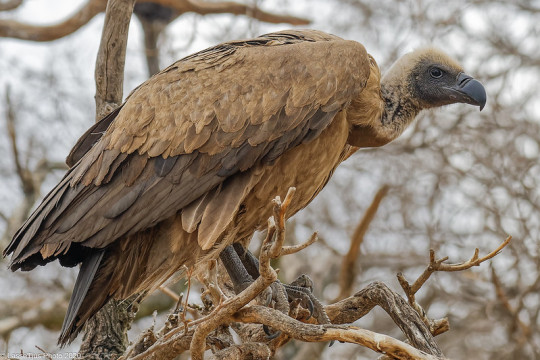
A cape vulture (Gyps coprotheres) at the Hoedspruit Endangered Species Centre, South Africa
by Lars Tjusberg
#cape vulture#vultures#raptors#birds#gyps coptrotheres#gyps#accipitridae#accipitriformes#aves#chordata#hoedspruit endangered species centre
1K notes
·
View notes
Photo
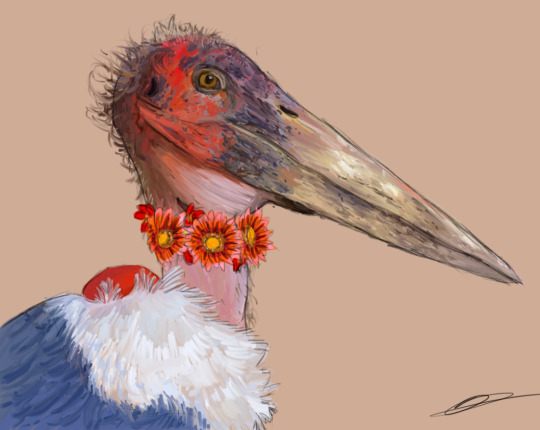


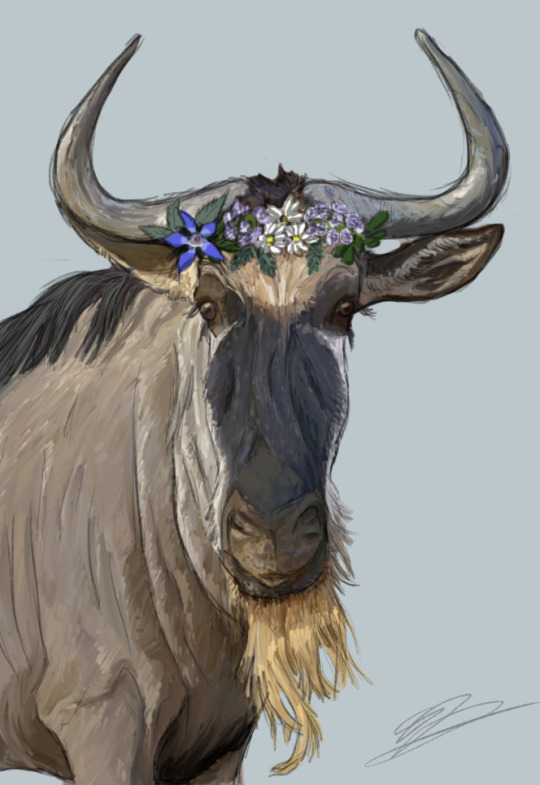

Africa’s Ugly Five
Beauty is in the eye of the beholder, and every single one of these incredible animals has a beauty all their own. Really enjoyed doing this series!
#my art#stork#marabou#marabou stork#warthog#hyena#spotted hyena#wildebeest#blue wildebeest#gnu#vulture#cape vulture#ugly five#african animals
1K notes
·
View notes
Text


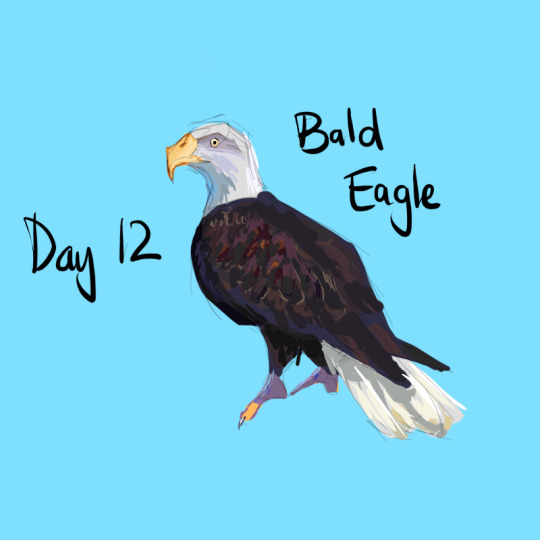
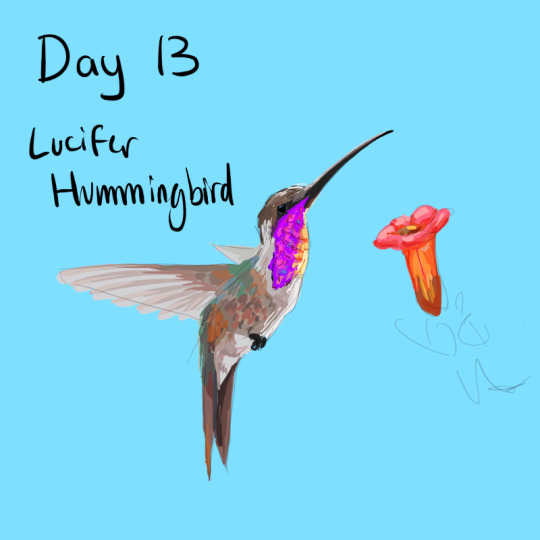



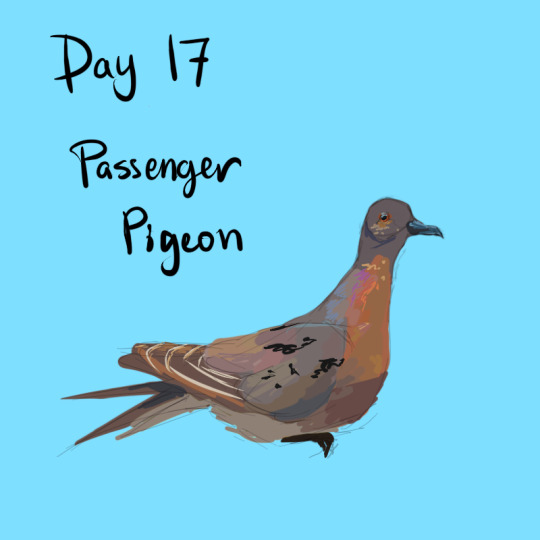
bird dump!! Last 3 are a bit silly and all done today because I was busy this weekend. OWLS THOUGH :DDDDDD I love them so ungodly much ASFKSKGLSLJFJTS I really want to draw more owls and probably will
#marchirp#Barn owl#eastern screech owl#common cuckoo#Bald eagle#Lucifer hummingbird#great blue heron#cape vulture#tufted titmouse#passenger pigeon#Birds are so great#my art
229 notes
·
View notes
Text
cape vulture appreciation


#cape vulture#vultures#bird of prey#bird photography#scavenger#birdblr#these are captive birds that are unreleaseable#photos by me
67 notes
·
View notes
Text

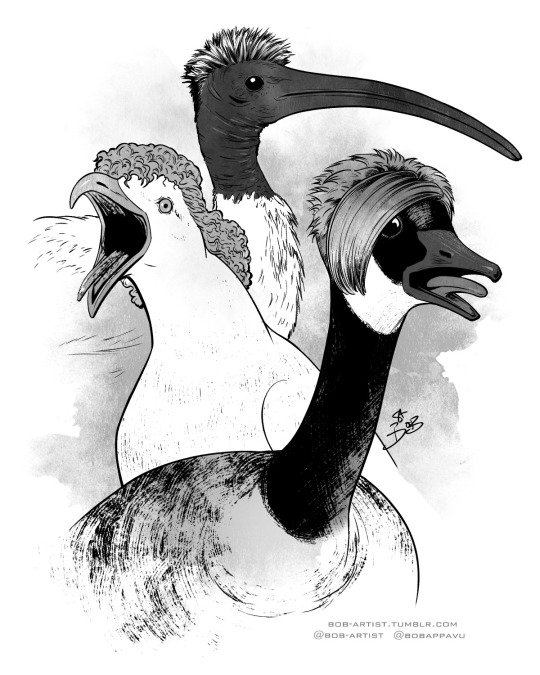
Birds with Hairstyles - Days 10-15
10. Cape vulture with Marilyn Monroe waves
11. Immature Cooper's hawk with Bieber swoosh
12. Bald eagle with 1980s crimped hair
13. Australian white ibis with Lance Bass frosted tips
14. Gull with 1980s mullet
15. Canada goose with Karen cut
#inktober#inktober2023#artists on tumblr#birds#bird art#animal art#goose#geese#canada goose#bin chicken#ibis#white ibis#gull#seagull#cape vulture#vulture#cooper's hawk#hawk#bald eagle#eagle#birds with hairstyles#birdswithhairstyles
141 notes
·
View notes
Text
On this Scavenger Sunday we're gonna explore a few species in recognition of yesterday being International Vulture Awareness Day (the first Saturday in September, always).

The California condor is the largest of the North American vultures. After nearly going extinct in the 1980s, their population is rebounding thanks to an extensive captive breeding and release program.
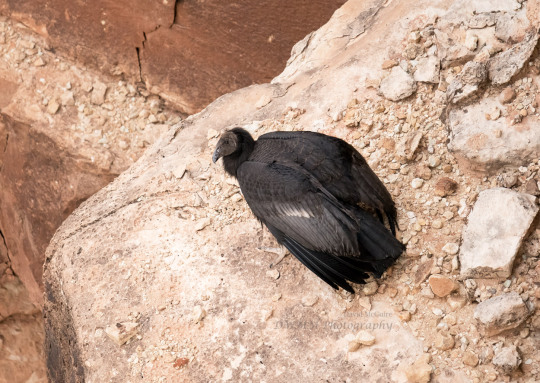
While the wild population of California condors is not self-sustaining yet, there are condors in the wild mating and rearing young. Like this fledgling seen at Navajo Bridge in Arizona. The dark head lightens as the bird ages. Since the population still requires close monitoring, wing-tags will be given when the bird is caught for a medical exam.

A more familiar sight in both North & South America is the condor's smaller cousin, the turkey vulture. The widest ranging of the New World Vultures, this relatively small species is known for using its well-developed sense of smell to locate food that can't be easily seen.

Another relatively small New World Vulture is the American black vulture. Keeping the gray/black skin of all young NWV into adulthood, the white primaries giving their wings an old timey cartoon glove look distinguishes them from the young of their cousins.
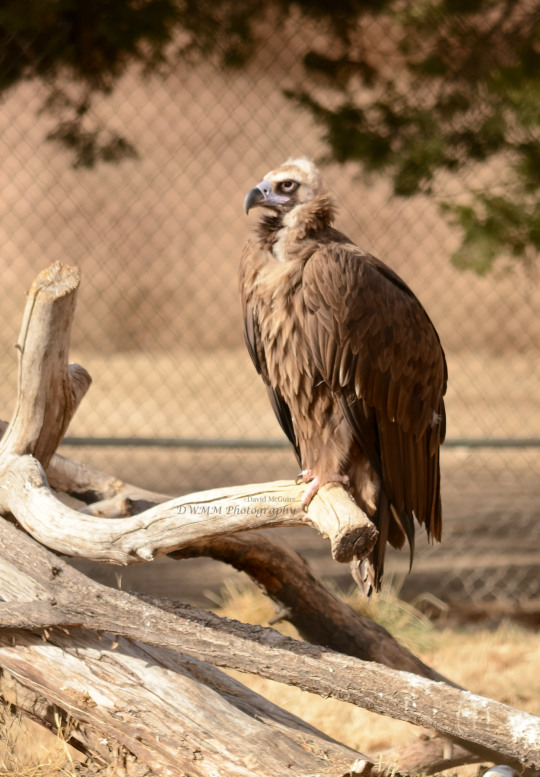
On the other end of the vulture spectrum is the Eurasian black vulture (cinereous vulture). One of the largest Old World Vulture species, these fashionably ruffed individuals are kings of the carcass across their range.
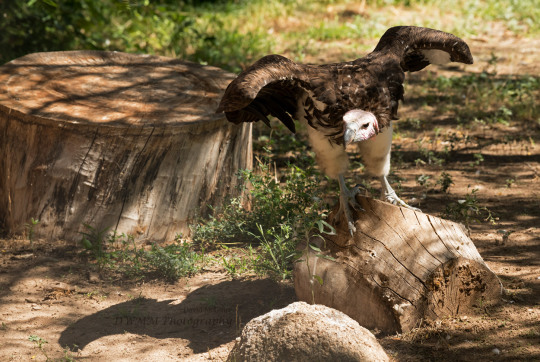
African close cousin to the cinereous vulture is the lappet-faced vulture. Their hefty bill allows them to open carcasses that defeat other species. Their pants are quite fluffy.

Sharing the skies of southern Africa with the lappet-faced vulture is the Cape griffon vulture. Similarly sized to the lappet-faced vulture, these gregarious birds look quite fancy with a bit of rat gut hanging from their mouth.
#my photos#bird photography#zoo photography#sunday is for scavengers#scavenger sunday#vulture#bird#california condor#turkey vulture#black vulture#american black vulture#eurasian black vulture#cinereous vulture#lappet-faced vulture#cape griffon vulture#cape vulture#ivad#ivad 2023#international vulture awareness day#not zoo photography#navajo bridge#vermillion cliffs#Rio Madre de Dios#Peru#Arizona#Pueblo Zoo#Oregon zoo#abqbiopark#bandelier national monument
84 notes
·
View notes
Photo

Cape Vulture (Gyps coprotheres)
© Ian White
297 notes
·
View notes
Text

The fabulous fellows of our second matchup!
Rüppell’s vultures live in the grasslands, mountains, and woodlands of East Africa. Like most vultures, they are carrion feeders. These lacy-looking birds have wingspans of 2.26-2.6 m (89-102 in) and a weight from 6.4-9 kg (14-20 lb). They are also the highest-flying birds in the world, regularly soaring at altitudes of 6,000 m (20,000 ft) and also recorded at a record height of 11,300 m (37,000 ft)! They have specialized hemoglobin for absorbing oxygen at high altitudes. Unfortunately, they are critically endangered due to habitat loss, hunting, and poisoning.
Cape vultures, also called cape griffons, live in southern Africa and are obligate scavengers, feeding only on carrion. They have wingspans of 2.26–2.6 m (7 ft 5 in – 8 ft 6 in) and body weights of 7–11 kg (15–24 lb). Along with lappet-faced vultures, they are one of the largest raptors in Africa and generally dominate other vultures at carcasses, even when outnumbered. While recently listed as Endangered, they have been down-listed to Vulnerable since their populations have grown and stabilized somewhat.
26 notes
·
View notes
Text

3/09/23 - #2 - Cape Vulture
6 notes
·
View notes
Text
@binary-bluejay replied to this post:
Show us the vultures
Pulled the photos off my pocket camera now


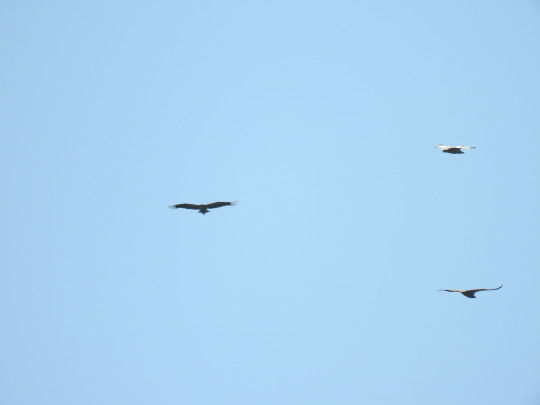



the Vulture Conservation Project operates a captive breeding programme to supplement the remaining breeding sites in this area and the result is some of the largest colonies of vultures I've ever seen, even more than Marakele's vulture roosts.
#birds#my photography#my videos#vultures#accipitridae#old world vultures#cape vulture#wildlife photography#photographers on tumblr
14 notes
·
View notes
Text

Cape Vulture colony, De Hoop Nature Reserve.
A crucial sanctuary for a critically endangered vulture.
#vulture#cape vulture#de hoop nature reserve#south africa#africa#original photography on tumblr#wildlife photography
6 notes
·
View notes
Text
YAYYY ITS THE FIRST SATURDAY OF SEPTEMER YOU KNOW WHAT THAT MEANSS

YAYYYYYY I LOVE VULTURESSS DID YOU KNOW NEW WORLD VULTURES AUCH AS TURKEY VULTURES AND BLACK VULTURE DONT HAVE A SYRINX/VOCAL ORGAN SO THE ONLY SOUNDS THEY MAKE ARE GRUNTS AND HISSES AND THEY SOUND SO COOL I LOVE VULTURESSSSS
#vulture#bearded vulture#turkey vulture#black vulture#ok the tags are going to get clogged because theres alot of vultures but here we go#cinereous vulture#griffon vulture#palm nut vulture#ruppells vulture#indian vulture#slender billed vulture#white backed vulture#cape vulture#hooded vulture#red headed vulture#loppet faced vulture#white headed vulture#egyptian vulture#himalyan vulture#white rumped vulture#lesser yellow headed vulture#california condor#andean condor#king vulture#vulture awarness day#ornithologist#ornithology#birds#zoology#avians
2 notes
·
View notes
Photo

Second to last of Africa’s “Ugly Five” series!
5 notes
·
View notes
Photo

Cape Vulture (Gyps coprotheres)
© Ian White
20 notes
·
View notes
Text
Hands down my fave thing about hurricane season is when zoos put their birds in the bathroom to protect them from the wind and we get images like this

Photo from St Augustine Alligator Farm
88K notes
·
View notes